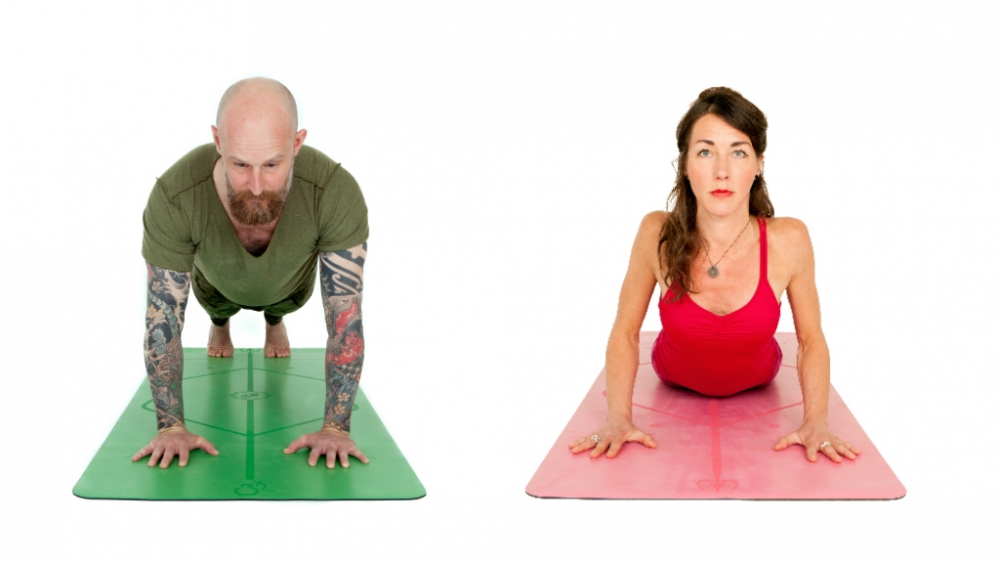If you know a little about Ayurveda you’ll know that it is yoga’s sister science, you will have heard of the three doshas Vata, Kapha and Pitta and you probably know what your own dominant dosha is. (If not, you can take this test and read more about them). You’ll notice that there are recipes and cooking classes for the doshas and yoga classes that are specially designed with the doshas in mind. Great, you think, now I can take even better care of myself. However, it turns out that you have not one dominant dosha. You have two. Or even three.
Adapting to your dosha
If just one dosha is dominant, it’s quite easy to choose your practice, to make lifestyle changes and to cook for your dosha. For example, if your dominant dosha is Vata, you choose a Vata pacifying practice, you can learn about Vata’s characteristics and cook warm, soft foods. But if you are, let’s say, Vata-Pitta dosha, you may be unsure which type of practice to follow and what to eat. And it gets even more confusing when you’re tridosha (meaning there is no dominant dosha for you – all three doshas are in balance).
Thankfully, it doesn’t have to be confusing at all. You can just choose what feels right in each moment. For instance: if it’s cold, dry and windy outside and your mind is racing, you can’t sleep or you forget to eat, your Vata is likely to be high. So you can decide on a Vata-pacifying practice and make yourself a nourishing bowl of soup. If you’re travelling, you can do the same. Or if it’s a hot Summer day and you have to do your book keeping, your Pitta will rise. In that case, choose a Pitta- pacifying practice and eat something that cools you down, such as a salad.
In Springtime, Kapha is naturally high and you might feel a bit sluggish, cloudy and heavy. Because like increases like, this time try an energizing practice and eat something warm but light. This is one of Ayurveda’s strong features: it’s flexible, it’s never static. Ayurveda keeps in mind that the world around you is changing and that this fact has an influence on you. Because your Vata might be high one day and the next your Pitta will flare up, Ayurveda encourages you to stay connected to yourself and to really tune in to what you need in each moment. Just as yoga does.
Ayurveda encourages you to stay connected to yourself and to really tune in to what you need in each moment. Just as yoga does.
So, especially for those with a ‘double dosha’ or for those who are tridoshic, it’s important to listen to your body, to know your mind (meditation helps here!) and to make decisions based on your findings. Once you know the basics of Ayurveda and you are in touch with yourself, you’ll know what to choose.
It might not always be your first pick though! For instance, when Kapha is high you might just want to hang on the couch, watch Netflix and eat chocolate – even though it’s better to move, eat light, dry foods and try out new things.
Choosing what you really need in each moment instead of going for what feels comfortable or easy can be a challenge, but it will eventually help you to find balance.
Learn more about Ayurveda in our 2-week yoga programme
Find out more about the doshas and how to tailor your yoga practice and diet to suit your body type.Follow our two-week programme – Seasonal Cleanse with Ayurveda and Yoga.

